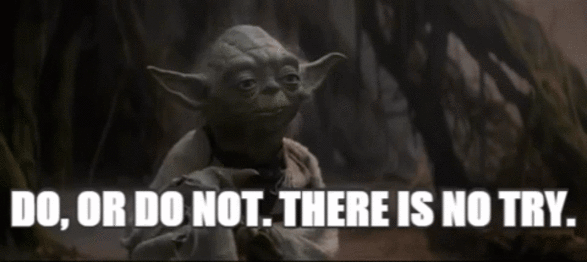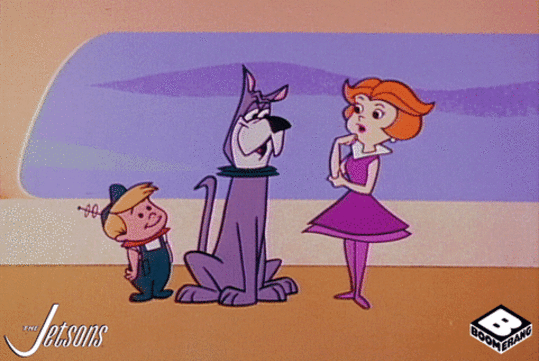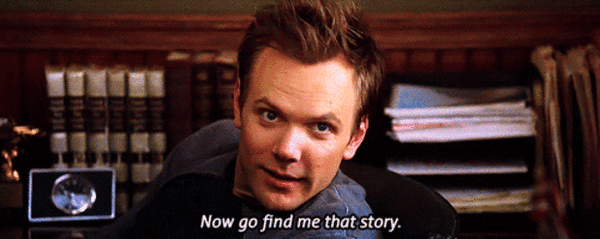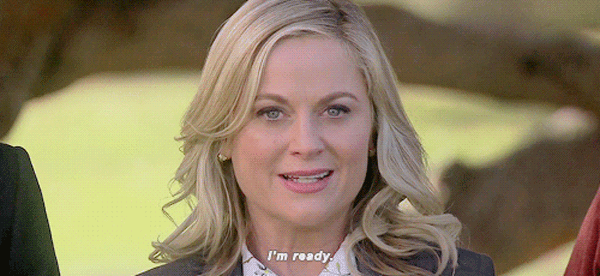The Perfect Pitch in 5 GIFs

Posted By Sarah Mees on July 25, 2018
The art of the pitch is a frequently covered topic. But the trouble is that most of those pieces focus on “rookie” mistakes to avoid: misspelling a reporter’s name, falling victim to a sloppy cut and paste, or inadvertently sending the dreaded mass email blast.
With so many avenues via which to pitch (email, phone, social media, in person/at an event, etc.), it can be easy to get lost in the clutter. That’s why a strong pitch needs to go beyond simply not making mistakes. The strength of a pitch comes down to its foundation: strategy.
At Tier One, that boils down to five key pillars. But since actions speak louder than words, we’re presenting the qualities of a perfect pitch in five GIFs.
Every pitch must be...
1. Bespoke
If you are picturing a perfectly tailored, fine men’s suit (on a hot Italian guy) then we’ve picked the right word. Yes, you have to know who you are pitching. Yes, you have to know what they write about — but that’s not enough on its own.
The onus is on the PR team to take all the inputs (i.e. product info, customer data, and all of the other vital details) and finely craft a customized pitch for each reporter. The pitch needs to fit into the reporter’s coverage area and resonate with the person you are pitching to. (Bonus points if your story also makes them look good!)

2. Concise
Ok, you got me — this is one of those tips that just about everyone includes in articles on pitching, but many PR pros don’t get the message. Think like a journalist (the 5 Ws), write like an editor (revise and repeat until polished), and speak like Yoda (but with proper grammar and diction... to the point, please). You’ll be lucky to secure more than a few seconds of attention. To get more, you have to earn it.

3. Human
When was the last time you had a meaningful call with a telemarketer? I’m going to assume the answer is never, because they’re usually spam and no one likes spam. If you’re pitching via email, avoid the temptation to copy and paste the same pitch over and over again. Taking the time to add some humanity with a personal note can go a long way. Don’t be a spammer, be a human — be the human your dog thinks you are.

4. Respectful
When pitching, it’s imperative to be respectful of the reporter. Here are just a few don’ts to keep in mind: Don’t call the daily newspaper reporter at 4:30 p.m. with a new story idea. Don’t bury the lede. And per point number two, don’t take 10 minutes to explain why you are calling. Presumably, you have a CTA or “ask” — get to it!
And don’t pitch to the wrong person. For example, don’t pitch product news to the features editor. In fact, try not to pitch product news ever. Instead, tell a story. Remember, reporters want a story, not a data sheet. Respect that.

5. Ready
Anticipate questions and prepare answers, have a variety of visuals or multimedia on hand and a trained spokesperson at the ready. Know the lead times of the outlets you’re pitching so you don’t get caught flat-footed. If you’re pitching the local TV affiliate and they bite on your story for the evening news, you need to deliver the goods (i.e. a story worth reporting on). Otherwise, both you and your client look unprepared.

Pitching is a subject that we could easily go on and on about, but we’re going to take our own advice and be concise. Effective media pitching is an art, and it’s hard to do well. As agency PR pros, we’re an extension of the brands we’re pitching and clients are counting on us to be at our best when working with the media.
Securing coverage is never guaranteed, but these five pillars will ensure a strong pitch each and every time.
Learn more about how Tier One can help you secure top-tier media coverage.
Image Credits:
How I Met Your Mother GIF: Giphy, CBS’ How I Met Your Mother
Yoda GIF: Giphy, Star Wars
Astro GIF: Giphy, The Jetsons
Community GIF: Giphy, NBC’s Community
Leslie Knope GIF: Giphy, NBC’s Parks & Recreation



